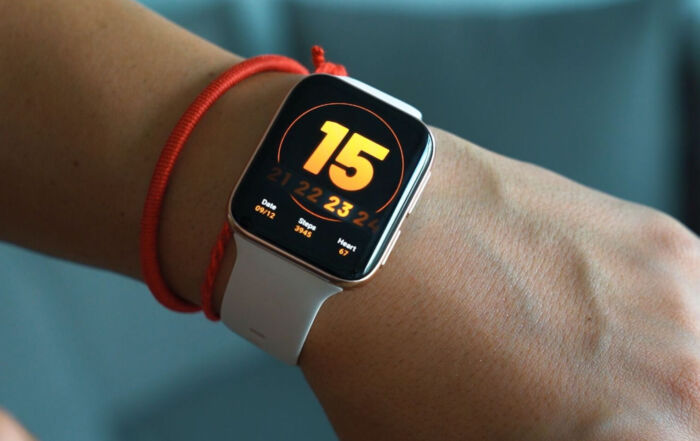The sun is at its peak and exams are over. The perfect time for the Social Entrepreneurship Elective to go on a hackathon to Hamburg.
The goal of the Social Entrepreneurship Elective is to critically think about the concept of Social Entrepreneurship and its different dimensions. After input sessions in Munich, where we learned about the concept in general, met founders of social ventures and discussed real-life problems, we put our learnings and motivation into practice. 18 Centerlings went to Hamburg for a 4-day hackathon in cooperation with the start-up App Camps. App Camps is a social venture which creates free teaching material for teachers to use with their students in grade 4 to 12, to build up digital competencies. We supported App Camps by developing new teaching material in form of learning cards, slideshows and videos.
During the Hackathon, we split up into six project teams working on different learning sessions:
Processing
The team developed an introduction into the program Processing, which combines coding and art. Step by step instructions and explanation videos make it possible to code even complex graphics and show that technology and creativity belong together.
Professional orientation
The team developed teaching material for career planning. First, the students determine their interests, skills, and strengths. Afterwards, they get information about the different educational possibilities, such as apprenticeships and university studies. Furthermore, they get to know tools that allow them to plan the next steps after finishing school.
Application training
How do I write my very first application? This team wanted to solve this question by providing digital school material helping students to build their CVs or motivational letters. Because even in the world of AI, blockchain, and robots, it is still important to be able to create a proper application.
Flappybird
This team envisioned teaching schoolchildren the basics of computer programming through something they already thoroughly know and enjoy: games. The team decided to use Snap – an easy, visual, drag-and-drop programming language. Through the course, children learn how to program a simple version of “Flappybird”. After following the steps, they are left with a version of the game they can play with friends and further develop on their own.
First steps with Arduino
This team created a hands-on Arduino course where the students can experiment with hardware. In the end, they have an Arduino that measures air quality in the classroom, so that students and teachers can open the window when necessary.
App development
This team developed an add-on element for the already existing app development course, which lets students explore the MIT App Inventor. Students get to build a dog quiz, in which they have to guess the breed of random dog images. In this way, we teach them what an API (application programming interface) is and how an app can access it.
Why hacking is not enough
CDTM would not be CDTM without the Center Life around. That’s why we visited the city, including the newly opened Elbphilharmonie, went for a boat trip, and enjoyed the sunset at the harbour. Of course, we had to stop by at the Reeperbahn for some beer and were happy to wake up on the next morning with the daily “Fischbrötchen Time” message on the phone. Some of us prolonged the stay in Hamburg and got the chance to participate in a walking tour, paddle in the Alster, and visit the fish market which takes place every Sunday at 5 a.m.







